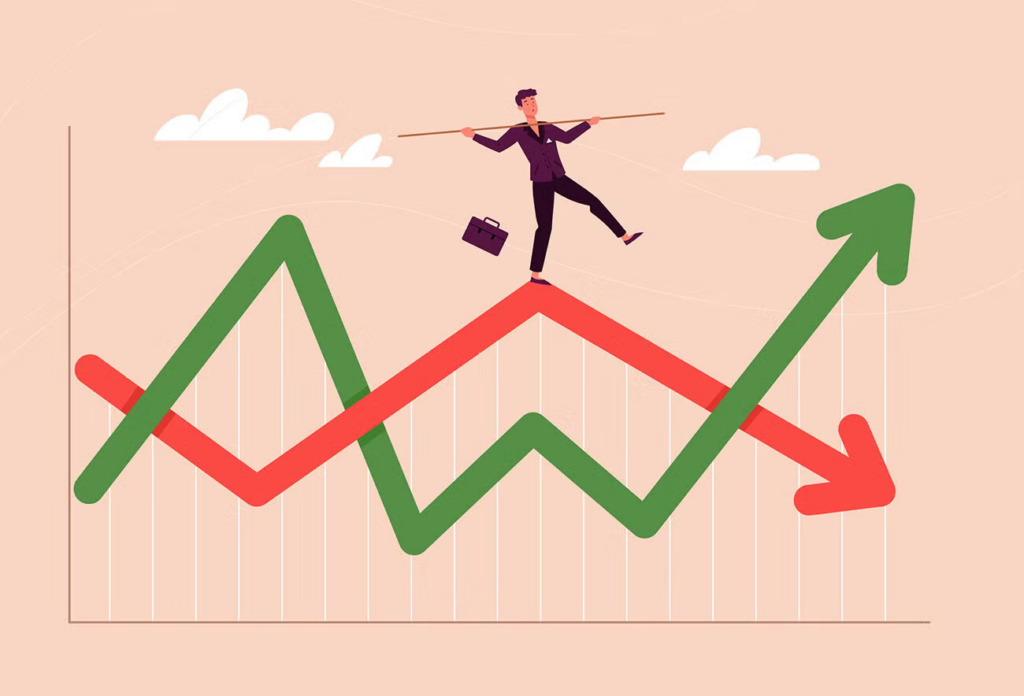Earlier this week, Darius sat down with Anthony Pompliano to discuss all things global liquidity.
If you missed the interview, we have you covered. Here are three takeaways from the conversation that have significant implications for your portfolio:
1. Private Sector Liquidity Is Driven By Currency Volatility And Interest Rate Volatility
There are two key drivers of private sector global liquidity:
We track the US dollar and FX volatility via the USD REER and CVIX, respectively. Both of these measurements are inversely correlated to global liquidity.
Interest Rate Volatility is also a driver, where global liquidity usually lags behind movements in interest rates. Additionally, global liquidity typically follows bond market volatility, as measured by the MOVE Index.
Much of global liquidity comes from the private sector. Generally, net international investment creditor economies like Europe, China, and Japan supply a large amount of liquidity from the private sector.
But risk aversion among those entities weighs on global liquidity in times of interest rate and currency volatility.
2. Global Liquidity Typically Lags Cyclical Movements In Growth And Inflation
Whereas currency volatility and interest rate volatility typically drive private sector liquidity, cyclical upturns and downturns in growth tend to drive public sector liquidity – meaningful slowdowns in growth generally result in increases in public sector liquidity and vice versa.
Inflation also plays a key role in determining public sector liquidity trends, where meaningful cyclical upturns in inflation usually result in a decline in global liquidity and vice versa.
So, from a public sector perspective, central banks generally increase liquidity after slowdowns in both growth and inflation and remove liquidity after observing the opposite conditions.
3. Yes, The Liquidity Cycle Bottomed Last Fall, But Recovery Is Not Linear
Our 42 Macro Global Liquidity Proxy, the $ sum of global central bank balance sheets, global broad money supply, and global FX reserves minus gold, shows that we are in a liquidity cycle upturn and that October 2022 marked the bottom.
However, since April – when we explicitly told investors to book gains at ~$30k Bitcoin – we have been preaching that recovery is not linear like it usually has been in previous cycles. The global liquidity impulse has been negative ever since.
In recent months, the 3-month momentum impulse of global liquidity, we saw a $4 trillion decline in global liquidity in June and a $2.4 trillion decline in July.
Although those readings do not indicate an environment beneficial for asset markets, they are improving at the margins.
All told, 2023 is a great reminder of something we have been preaching all year: liquidity is not the only driver of asset markets. Look no further than the divergence between Bitcoin and the S&P 500 over the past few months to understand this very important point.
That’s a wrap!
If you found this blog post helpful:
- Go to www.42macro.com to unlock actionable, hedge-fund caliber investment insights.
- RT this thread and follow @42Macro and @42MacroWeather.
- Have a great day!


